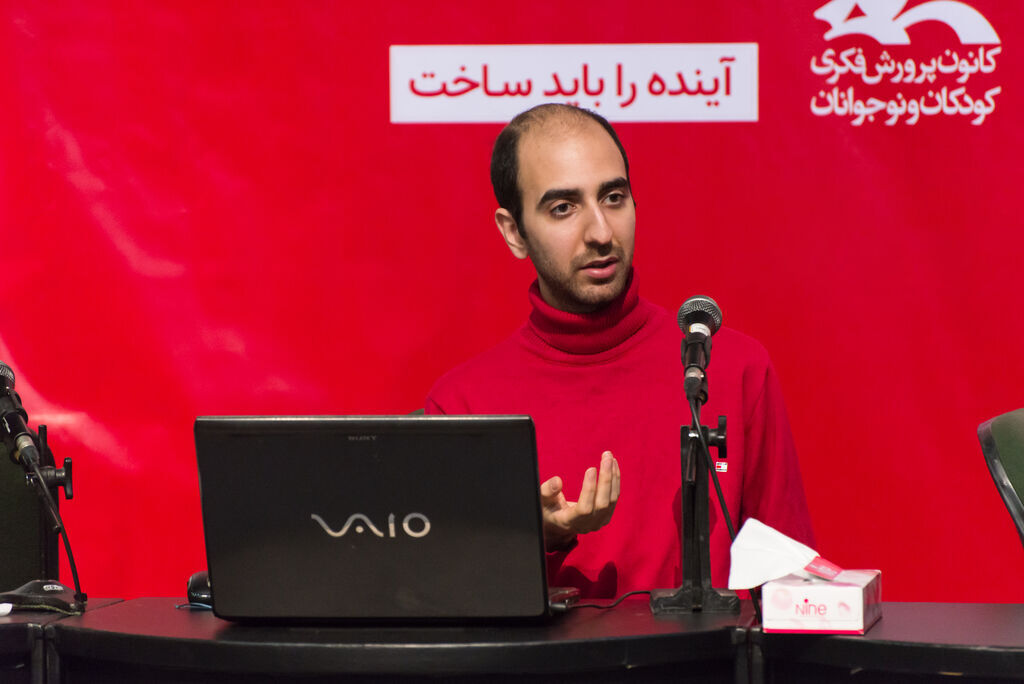According to Kanoon General Directorate for Public Relations and International Affairs, Ali Shirkarami, in coordination with the Council for Supervision of Design, Construction, and Distribution of Toys, was a representative of the IdeaAzad event on Tuesday, October 5, and presented a report on the activities of this event and Kanoon for the Promotion of Games and Toys at the Indian Toy Design and Innovation Symposium.
Shirkarami introduced the main factors in the development of Iranian toy design and stressed the importance of promoting the culture of play and toys in the heart of society and interaction with the environment.
He explained: Institute for the Intellectual Development of Children and Young Adults, with more than a thousand branches, has a unique structure globally and provides cultural and artistic education to children in all parts of the country.
He added: "training games and extracurricular activities are among the main promoting activities, and these activities play a key role in toy and game design pedagogy."
The toy & game activist also stressed the impact of the National IdeaAzad event on promoting a culture of designing authentic and Iranian toys among the general public and not just designers and expert groups.
Shirkarami also mentioned that Institute for the Intellectual Development of Children and Young Adults, the Toy Supervision Council, the National Toy Festival, and the National Toy IdeaAzad Event are considered to be the 4 main factors in promoting and educating toy design and said Kanoon's approach in the field of toy design pedagogy is based on 4 main features.
1: Comprehensive education means that the whole toy design ecosystem (designer, manufacturer, seller, and consumer) is involved.
2: Pedagogy in toy design is discourse-oriented; dialogue is formed through pedagogy, and play is always more important than toys.
3: Toy design pedagogy is community-based. In this approach, the toy becomes the concern of the people and the audience and involves the community's people.
4: Toy design pedagogy is interactive, which means that both the learner and the trainer grow together. For example, in the IdeaAzad toy design event, ideators enter the event with different experiences, are trained, present their design to the manufacturer, and influence society through their ideas or designs.
Shirkarami further mentioned the role of the Toy Supervision Council in promoting and developing toy design pedagogy: The Toy Supervision Council also seeks to establish and develop an ecosystem in the field of toy design and supports Iranian and original products and designers in various stages of design and production.
In this meeting, the differences between toy design education and toy design pedagogy were also pointed out, according to which, in toy design education, the output of the process is usually professionals, but in pedagogy, experts are trained. The difference between a professional and an expert designer is that the expert designer has real toy design experience and has gained this experience from interacting with the industry and the target audience. However, a professional designer does not necessarily have practical experience and focuses more on formal education.
The symposium featured speeches from India, Sweden, Germany, Denmark, and Iran from September 22 to October 7 on topics related to toy design and innovation and shared their experiences with the international audience of the event.

